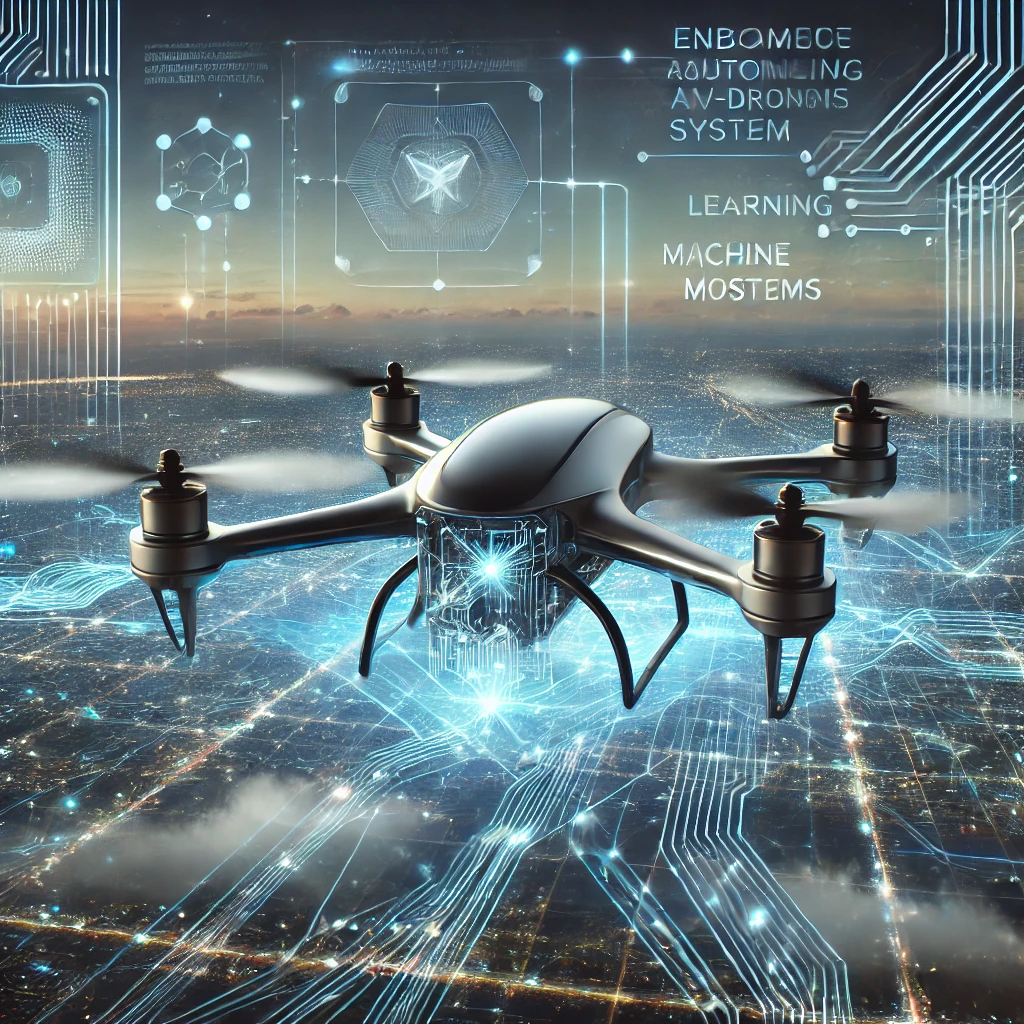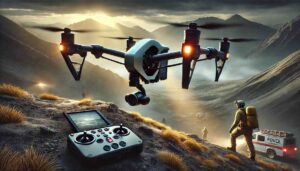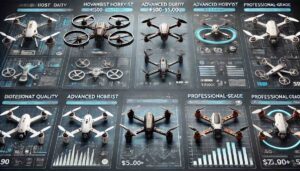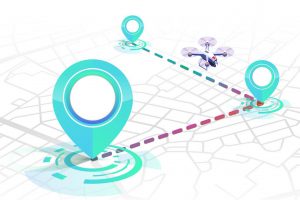Introduction
The impact of AI and machine learning on UAV technology is all about making UAV technology more effective, more autonomous, and independent of human operators with faulty actions. With this upgrade to autonomy, they will be able to play significant role in different fields such as crop monitoring, delivery, rescue missions, and Photography.
Moreover, AI and machine learning on UAV technology makes them smart which they can help drones analyze sensory data including visual data, like images and videos, to understand them better. In simple terms, AI drones can think and learn from what they see, while regular drones may just follow the operators’ commands without using any intelligence.
The important matter that we want to discuss in this paragraph is the impact of AI and machine learning on UAV technology and its applications in drone missions.

UAV Applications
In today’s world, drones are making a significant impact in many areas, such as taking photos and videos from the air for events, checking on crops to help farmers, helping find missing people, or being able to get to disaster areas during emergencies, delivering items like food, medical things, and packages, checking building, bridges and forests, creating maps with specific details, providing temporary internet or phone service in remote areas and collecting information in order to take over a mission. AI and ML enable drones to evolve and achieve features beyond their current capabilities.
- Autonomy: Instead of requiring constant input from human operators, they can process huge amounts of data in real-time and make decisions faster than humans. Drone use AI to perform tasks automatically with little or no help from humans. For example, when navigating in complex environments such as forests or urban areas, using their onboard sensors, they can detect obstacles and navigate through them. Furthermore, it helps do repetitive or complex jobs faster and better.
- Logistics Optimization: Using fleets of drones for cargo and delivery, AI can optimize logistics systems to ensure that there is always capacity for supporting the customer and that the system works optimally at peak hours. Meanwhile, companies like Amazon and UPS are using AI-powered drones for last-mile deliveries to reduce delivery time and increase customer satisfaction.
- Data Analysis: Equipped with a variety of different sensors, they can capture and record a lot of data during each mission. Analyzing this data in real-time can be crucial in applications such as rescue missions, checking buildings and bridges, and other applications. AI can make it easier to protect the environment, keep an eye on environmental changes like deforestation and air pollution, and see or count animals to keep track of the population of certain endangered animals in a certain habitat.
to do some tasks like in agriculture, exactly as same as regular drones, but this time they help farmers check their crops faster and easier, water only where they are needed, which saves money and prevents wasting water.
Key Benefits
Here are some key benefits of AI and machine learning on UAV technology:
- The first one is helping UAVs to fly in tricky places on their own, using cameras and sensors at the same time to see and avoid obstacles.
- The second one is helping them to analyze data quickly in order to make smart decisions based on mission needs.
- The third benefit is collecting a lot of data during the flight, which is useful for farming and land surveying.
- AI helps UAVs to change their flight paths to make them safer when the conditions have been changed.
- The last one is reducing costs for using and managing drones. In many industries drones are being used for regular tasks so obviously drones can save time and money and with automation, they can be programmed to fly and collect data on their own.
Future potential
We are still far away from the point that we can expect the drones operate fully autonomously on their own, but we are moving in that direction. AI and machine learning has been already used in other areas such as driverless cars, and they are opening their way in UAV technologies as well.
The most important thing is that AI is not an unusual phenomena. AI teaches computers to learn from data like our brains do. It helps them recognize patterns and make decisions.
In conclusion, the impact of AI and machine learning on UAV technology is extraordinary because they make drones smarter, safer, and more useful in a variety of fields.




